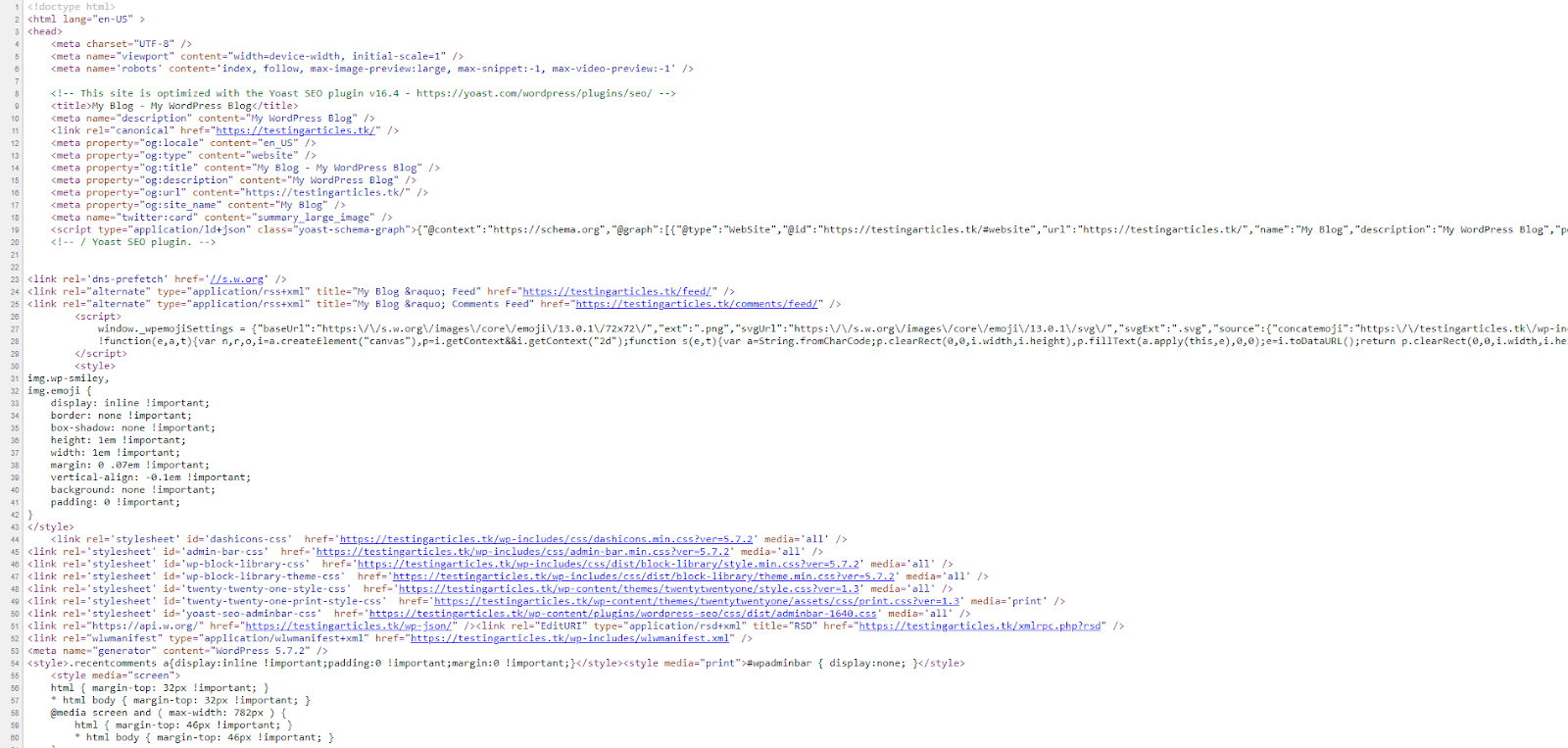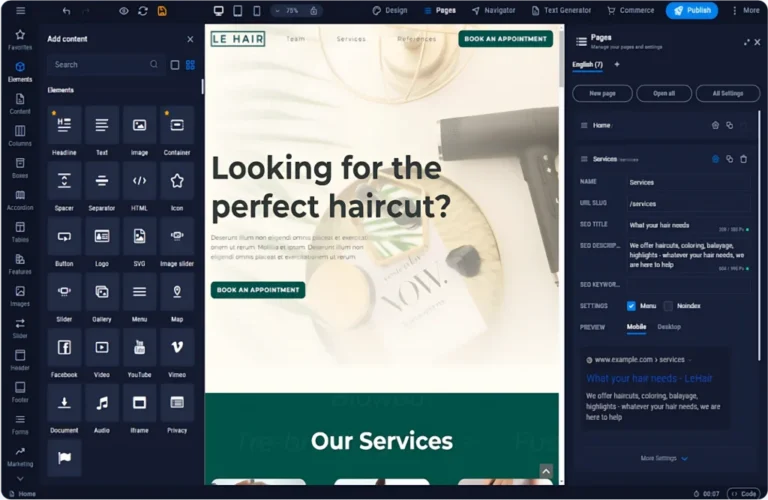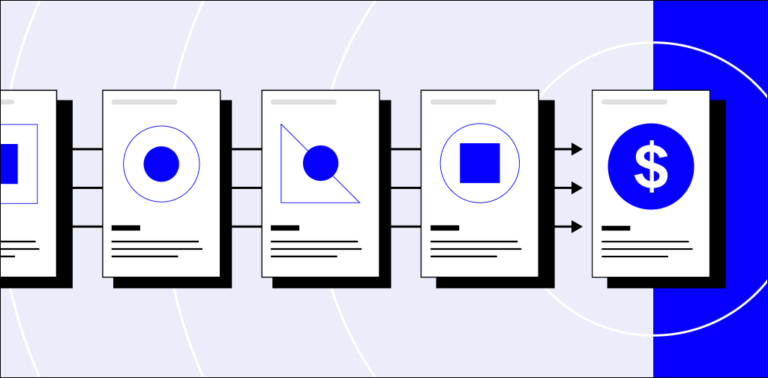WordPress is the most popular tool for website creation in the world. Over 40 percent of websites on the internet are powered by WordPress, and over 100 WordPress versions have been released in the last 19 years since it’s been on the market.
Why so many? What’s new about the latest? Why does it matter? Let’s get into it.
Get fully managed WordPress hosting
Power your site with the industry’s most optimized WordPress hosting
What is the latest WordPress version?
The WordPress current version is 6.7. It was released on November 12, 2024. WordPress version 6.7 introduces introduces a new theme, design features, editor improvements, and automation improvements.
This WordPress update includes:
- New default theme
- Zoom Out mode
- Updated font management
- HEIC image support
- Improved Query Loop block
- Interactivity API enhancements
- Template Registration API for plugins
- Faster pattern loading
- Improved PHP 8+ support
- Accessibility improvements
- More preview options
What’s new in WordPress’ current version?
The latest WordPress is version 6.7. This current WordPress version introduces several notable features and improvements aimed at enhancing both frontend development and design.
This major WordPress update includes new features as well as functional enhancements for website owners.
FUN FACT: The release is named “Rollins” to honor the legendary Jazz saxophonist Sonny Rollins, whose work continues to inspire musicians to break boundaries and continuously improve.
A closer look at WordPress’ current version
Let’s do a short breakdown of WordPress version 6.7, the current WordPress version, below.
- New default theme. Twenty Twenty-Five is a versatile and design-first theme built to suit a wide spectrum of websites. With flexible design options, a rich array of templates, and easily customizable block patterns, users can express their unique style with ease.
- Zoom Out mode: This innovative layout tool empowers users to see their site’s overall structure and adjust it with a holistic view, making page and block pattern arrangement faster and more intuitive.
- New font management: Custom-set font sizes ensure consistent styling, with fluid typography support that automatically adjusts to screen sizes, delivering a polished reading experience on any device.
- More HEIC image support: Easily upload high-quality HEIC images, as WordPress 6.7 now converts them to JPEG format for optimized compatibility across web browsers and devices.
- Improved Query Loop: The enhanced block inherits settings from the current template by default, making it easier to dynamically display content like blog posts or news updates without needing intricate configurations.
- API enhancements: With improved support for asynchronous tasks, the Interactivity API in WordPress 6.7 enhances site performance by enabling features like code splitting and lazy loading for interactive elements.
- Accessibility improvements: More than 65 fixes and improvements address accessibility concerns with keyboard navigation, UI, login headings, and labeling.
- Extended preview dropdown: You can now use plugins and themes to add your own items to the preview dropdown, allowing you to see how your content will look in multiple views.
To summarize, WordPress version 6.7 made editing and updating WordPress websites significantly easier.
Importance of using the latest WordPress version
Once you get started with site creation, you will notice that you can create countless types of WordPress websites. No matter what type of site you are running, it’s of huge importance that you always use the latest WordPress version.
Why?
The answer is pretty simple. WordPress is free to use and the fact that it’s so popular makes it a target for hackers. They can study the source code and find exploits in it which will let them proceed with their malicious intent.
Frequently updating your installation to the current WordPress version will make sure that overall security of your site is up to date, that all bugs are patched, and that you are not missing out on any new features that developers push out.
Why WordPress releases regularly
Just like we mentioned above, hackers look for holes in WordPress code. That is why developers have to stay on top of things all the time. In summary, a release of a minor WordPress version means that a bug or a glitch that could be exploited was patched.
Additionally, WordPress has a strong community and developers are listening to it. Releases of new versions often contain a feature that was requested by the WordPress users.
Making sure you’re on the current WordPress version ensures you’re up to date with security for your site and you have access to all the current features.
What version of WordPress do I have? How to check your WordPress version
You may be wondering, What version of WordPress do I have?
It’s simple and there are a few different ways to go about it, which we outline below.
Keep reading to learn how to check your WordPress version.
How to check your WordPress version through WordPress dashboard
By far, the easiest and most commonly used method to check your WordPress version is through the WordPress dashboard. All in all, you just need a few clicks for this method.
Simply login to your dashboard with WordPress admin credentials and navigate to your main dashboard and click on updates.

Once you are there, you will see a screen that will look just like the one below.

As you can see, the WordPress version will be written in bold letters accordingly. If your installation is not up to date, you will have an option to update it.
How to check your WordPress version through your website frontend
The second way to find out which version you are using is to open your site in the browser and then right click and select View page source. After you do that, another tab will appear and you will see the code of your site, similar to the image below.

While you are on that screen, press Ctrl+f on your keyboard to open a search bar. Type the word “generator” in the search bar and you will see this.

Your WordPress version will be highlighted and you will be able to easily spot it.
How to check your WordPress version through your terminal
This is a bit advanced, but if your site is running on Managed WordPress, managed WooCommerce, cloud, or a dedicated server, you will have access to your terminal. You will need to use the SSH creds to access your server. If this is the environment that you are using and you are able to login to your server use this command. It will show you which WordPress core version is being used on the site.
You will need to be in the WordPress install directory in order to use WP-CLI;
cd public_html
Once you are logged in, run the following WP-CLI command:
wp core version
As a result, output will look like this:
6.7
In the hope that you’ll be able to find out your WordPress version more easily now, let’s check the version history of the latest releases.
Looking back on WordPress version history
WordPress is popular because its core is quite easy to work with. Additionally, it offers a huge variety of themes and plugins to extend the capability of your site.
Below you can find a short breakdown of WordPress version history and the key features in these WordPress versions.
WordPress versions comparison
| WordPress Version | Release Date | Key Features |
| WordPress 6.7 | November 12, 2024 | New default theme, automation improvements, new font styling capabilities, Zoom Out, HEIC images, new APIs |
| WordPress 6.6 | July 16, 2024 | Color palettes, font sets, quick previews, plugin rollbacks, pattern management, grid blocks |
| WordPress 6.5 | April 2, 2024 | Font Library, Block Bindings API, interactivity API, enhanced Site Editor revisions, more control over styling themes, streamlined plugin dependency management, improved link controls, a refreshed preferences panel, and performance optimizations. |
| WordPress 6.4.2 | December 6, 2023 | Maintenance and security release |
| WordPress 6.4.1 | November 9, 2023 | Maintenance release |
| WordPress 6.4 | November 7, 2023 | Improved site editor, block hooks, ability to categorize patterns, improved design and writing experience, enhanced Command Palette, Lightbox, Twenty Twenty Four theme |
| WordPress 6.3 | August 8, 2023 | Streamlined site editor, block theme previews, easier pattern creation and syncing, new command palette, enhanced design tools, style revisions, new footnotes block, new details block, and enhanced performance |
| WordPress 6.2 | March 29, 2023 | New, stable site editor, scaled block settings, color coded labels for templates and reusable blocks, improved navigation experience, new style book, custom CSS support for specific blocks or whole site, Openverse integration, widgets now become template parts when switching from classic to block theme |
| WordPress 6.1.1 | November 15, 2022 | Maintenance release |
| WordPress 6.1 (WordPress latest version) | November 1, 2022 | Full site editing, expanded templates, and patterns extended to all post types, table of contents block, improved existing blocks, Twenty Twenty Three theme, performance improvements, improved accessibility, new functions, and hooks to improve the development experience |
| WordPress 6.0.3 | October 17, 2022 | Security release |
| WordPress 6.0.2 | August 30, 2022 | Security and maintenance release, 12 fixes for core, 5 bug fixes for block editor |
| WordPress 6.0.1 | July 12, 2022 | Maintenance release, improved editor experience, 11 fixes for core, 18 bug fixes for block editor |
| WordPress 6.0 (major release) | May 24, 2022 | New Webfonts API, improved editor performance, extensive bug fixes, new design tools, expanded block editor functionality |
| WordPress 5.9.5 | October 17, 2022 | Security release |
| WordPress 5.9 | January 25, 2022 | Full site editing, site-wide blocks, navigation blocks, enhanced lazy loading, Twenty Twenty-Two theme, performance improvements |
| WordPress 5.8.6 | October 17, 2022 | Security release |
| WordPress 5.8 (major release) | July 20, 2021 | Improved functionality, power, and support for blocks, new blocks and patterns, improved template editing, improved list view, improved design features like suggested patterns and duotone filters, Global Styles and Global Settings APIs, IE11 support dropped |
| WordPress 5.7.8 | October 17, 2022 | Security release |
| WordPress 5.7.2 | May 12, 2021 | Security update which patched vulnerability in PHP mailer |
| WordPress 5.7.1 | April 14, 2021 | Security update which fixed 26 bugs in total, data exposure vulnerability within REST API patched, PHP 8 vulnerability within media library patched |
| WordPress 5.7 (major WordPress release) | March 9, 2021 | Font size adjustment, reusable blocks, buttons block, drag-and-drop inserter, one click switch between HTTP and HTTPS, lazy loading for iFrames, simpler color palette, social icons block, New Robots API |
| WordPress 5.6.4 | May 12, 2021 | Same date and same features as release 5.7.2 |
| WordPress 5.6.3 | April 14, 2021 | Same date and same features as release 5.7.1 |
| WordPress 5.6.2 | February 22, 2021 | Small maintenance update which fixed user reported issues discovered in version 5.6.1 |
| WordPress 5.6.1 | February 3, 2021 | Maintenance release |
| WordPress 5.6 (major WordPress release) | December 8, 2020 | Improved video captioning, improved layout flexibility, better control over auto updates, built in patterns for block creation, additional support for PHP 8, updates for jQuery which affected 5.5 installations as well |
Liquid Web makes WordPress better
WordPress is great, but you need a great host too.
Fully managed WordPress hosting from Liquid Web brings out the best in your site. With several premium tools at your disposal, such as Qubely Pro or TinyPNG, your site will be visually stunning.
At the same time, Solid Security Pro will make sure your site is secure.
Automatic image compression, a built-in content delivery network (CDN), and advanced WordPress caching features make your site load at a hyper speed.
And just in case something goes amiss, Liquid Web WordPress experts are there for you 24/7.
WordPress version FAQs
What is the current version of WordPress?
The current WordPress version is 6.7 and was released on November 12, 2024.
How do I know my WordPress version?
You can check your WordPress dashboard to find your WordPress version. You can also find it in the front end of your WordPress website. WordPress versions update all the time. You should be checking regularly that you’re using the latest version of WordPress.
What is the latest WordPress version 2024?
Version 6.7 is the latest major WordPress release. It was released on November 12, 2024. This update introduced new font customization, an enhanced Query Loop block, a new default theme, and editor improvements.
What versions of WordPress are there?
There are hundreds of versions of WordPress if you count every maintenance or security version. But major releases go from 1.0, 1.2, 1.5, 2.0, and all the way to the latest major WordPress version, 6.7.
This blog was originally published in July 2021. It has since been updated for accuracy and comprehensiveness.





